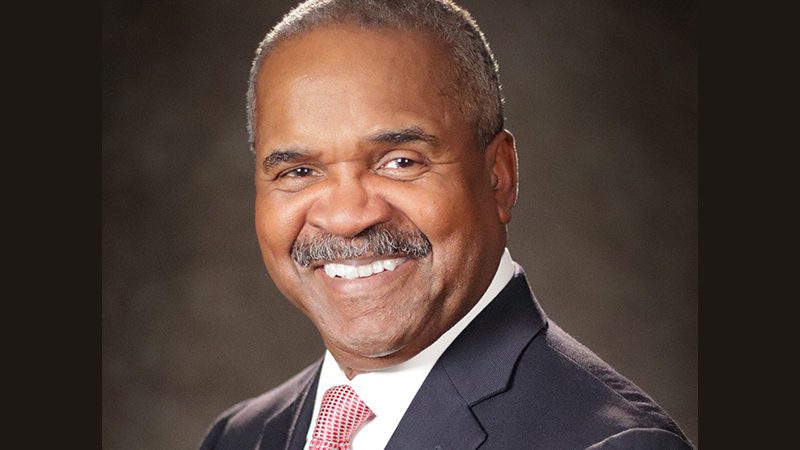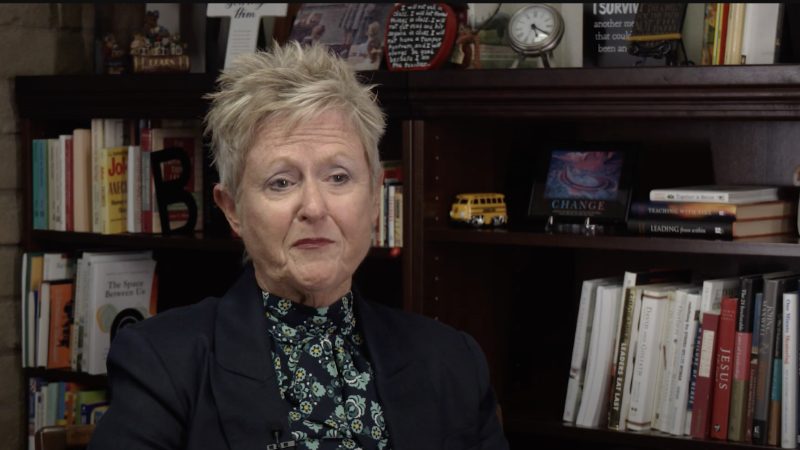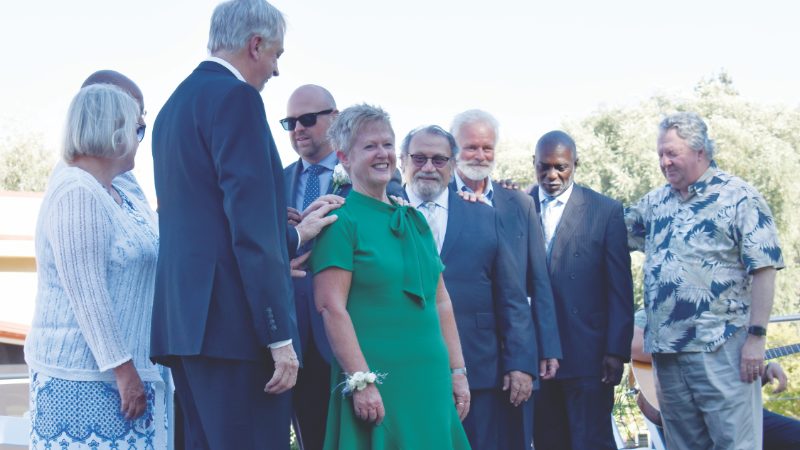
Last fall, the North American Division (NAD) issued the 2021 annual year-end report, which provided a summary of the membership and growth of this division.
The devastating effects of COVID-19 presented major disruptions in our ability to congregate and do life together as communities of faith. The natural results were overall decreased baptisms and a tragic increase in deaths due to the pandemic. The cascading effects of this global crisis continue to challenge our churches as we face a growing decline in attendance.
In spite of the multiple challenges presented by COVID-related changes and shifts that took place in congregations throughout our conference and division, there is no doubt God has been at work in amazing ways. Throughout the pandemic, churches have been working arduously to provide spiritual care and support to their members and communities. While everyone was holding their collective breath, expecting financially disastrous years, tithe numbers have actually been healthier than anyone thought possible. However, church growth numbers have experienced a painful drop, a trend that predates the pandemic.
Although this is concerning, it presents exciting opportunities to explore creative and innovative ways of approaching outreach and evangelism. Many of our congregations in Southeastern California Conference (SECC) immediately became engaged in serving, caring, and sharing the love of Jesus in their communities in the midst of these challenging times. SECC statistics indicate that we are experiencing a slowdown in membership growth rates, commensurate to the overall NAD growth rate. The rate of growth in SECC in 2021 was one of the lowest in our history. Just ten years ago, we had a baptism for every 31 members, but now we have one baptism for every 86 members. On the bright side, our baptism numbers are up from 2020 by over 40%. We praise God for the 835 people who joined our churches last year.
One of the things the pandemic underscored for many of our churches is the need to be adaptable and flexible. Congregations that adapted to online and hybrid services were able to remain connected to each other in the midst of the pandemic. Seeking innovative ways to remain connected and minister to the felt needs of the community seems to be a necessary lifeline that will help forge a collective way forward to church growth in uncertain times.
Jerrold Thompson, pastor of San Bernardino Community church, made several adjustments to continue to evangelize during these difficult times. “Doing evangelism in a pandemic was important. It allowed people to see that even though there may be a shift in lifestyle, there is not a shift in the power of Christ to penetrate the heart,” said Thompson.
____________________
By Patricia Marruffo





